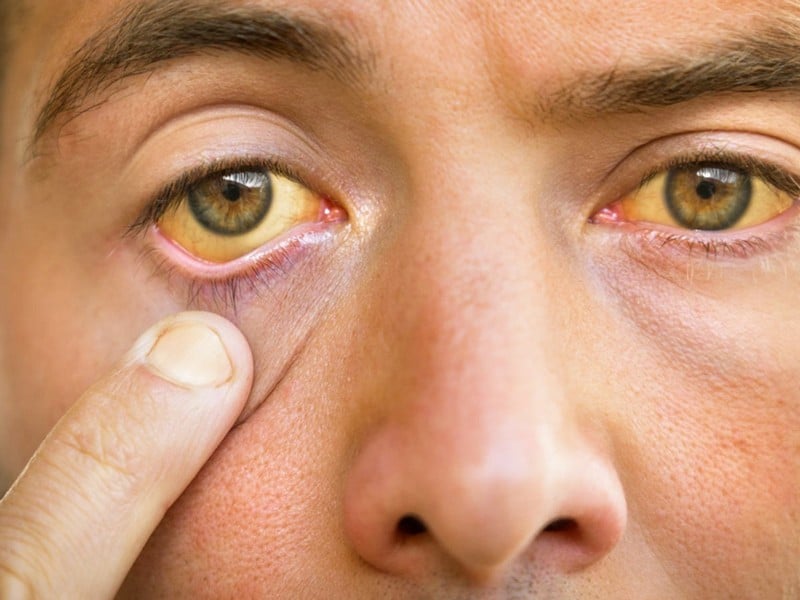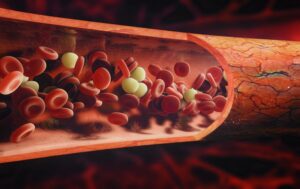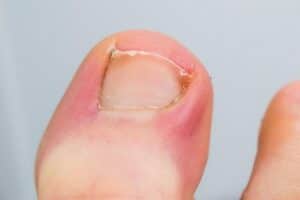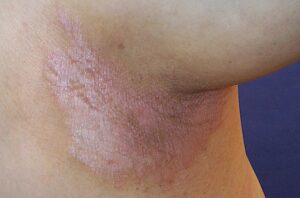Hepatitis A is a liver condition caused by exposure to HAV or hepatitis A virus. HAV is highly contagious and can be passed on to other people by eating contaminated food, having sexual intercourse with an infected person, drinking polluted water, and being exposed to fecal matter contaminated with HAV. The contagious period starts two weeks after the person becomes infected and ends one week after the symptoms appear.
A healthy body can completely recover from hepatitis A. Vaccinated patients may not even show symptoms since their immune system can fight off the virus on its own. As a result, most cases of hepatitis A do not have adverse long-term consequences. However, this is not always the case. For older patients who are unvaccinated and have existing health conditions, hepatitis A may lead to acute liver failure.
To decrease the risk of getting hepatitis A, the WHO or the World Health Organization encourages people to get vaccinated, practice proper hygiene, practice safe sex, and be extra mindful of their food. Since hepatitis A is a short-lived infection, remedies and treatments focus more on reducing and controlling the symptoms. This article tackles the common symptoms of hepatitis A.
Jaundice

One of the most common symptoms of liver-related diseases is jaundice. Jaundice is a medical condition wherein the sclera of the eyes, mucus membranes, and skin turn yellowish. Jaundice results from the abnormally high level of bilirubin in the body. This happens for two reasons: too many red blood cells are dying and going to the liver, and the liver cells are too damaged to process bilirubin.
Jaundice can be classified into four categories: neonatal, pre-hepatic, intra-hepatic, and post-hepatic. Intra-hepatic jaundice happens when the liver tissues are damaged, scarred, and dysfunctional. This is common among cirrhosis, liver cancer, and viral hepatitis patients.
7 out of 10 patients with hepatitis A develop jaundice after seven days of contracting the disease. Most cases of jaundice caused by hepatitis A worsen after two weeks and gradually fade away after four more weeks. There are instances when jaundice lingers longer, but this is not usually a cause of panic.










